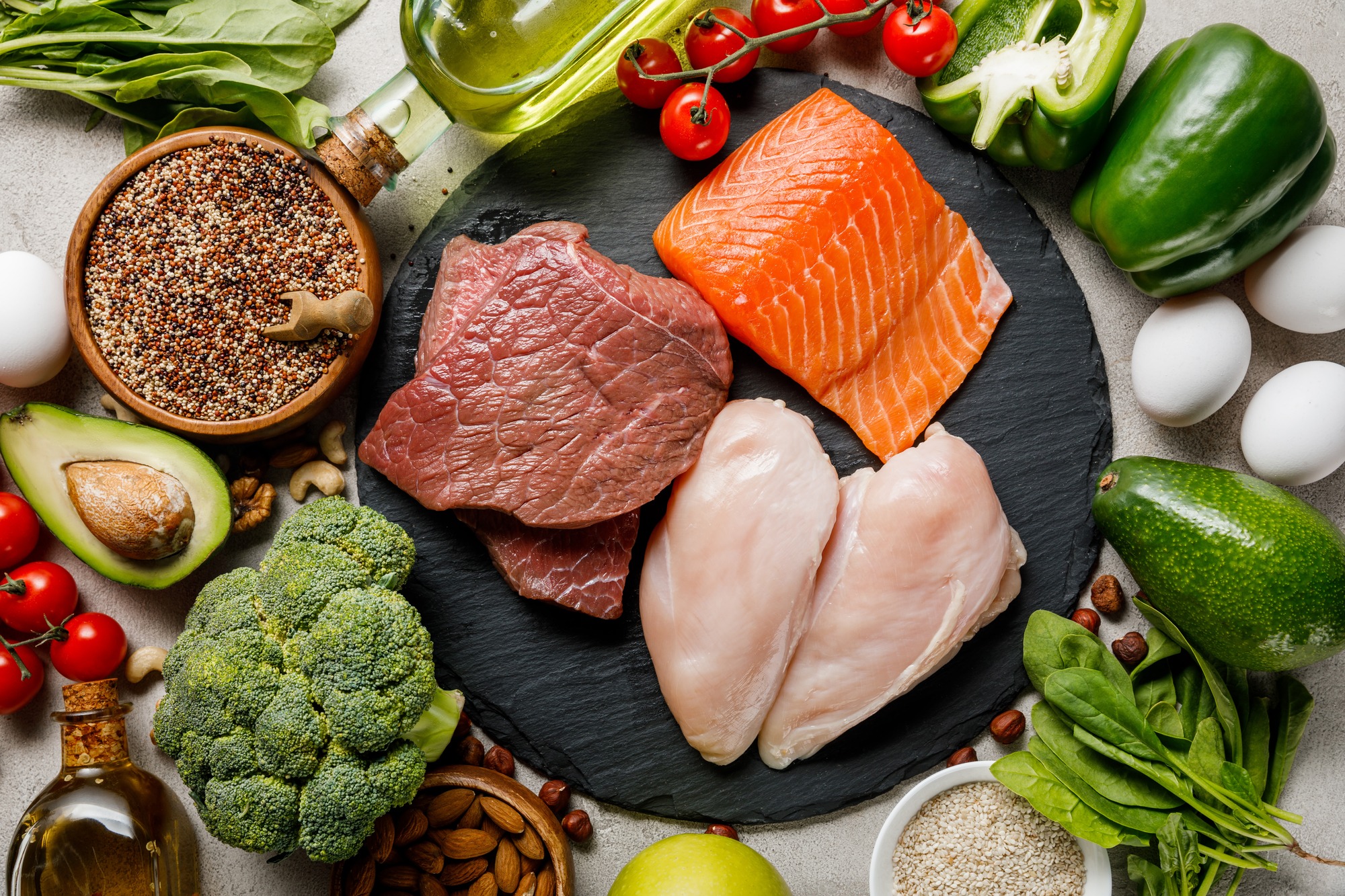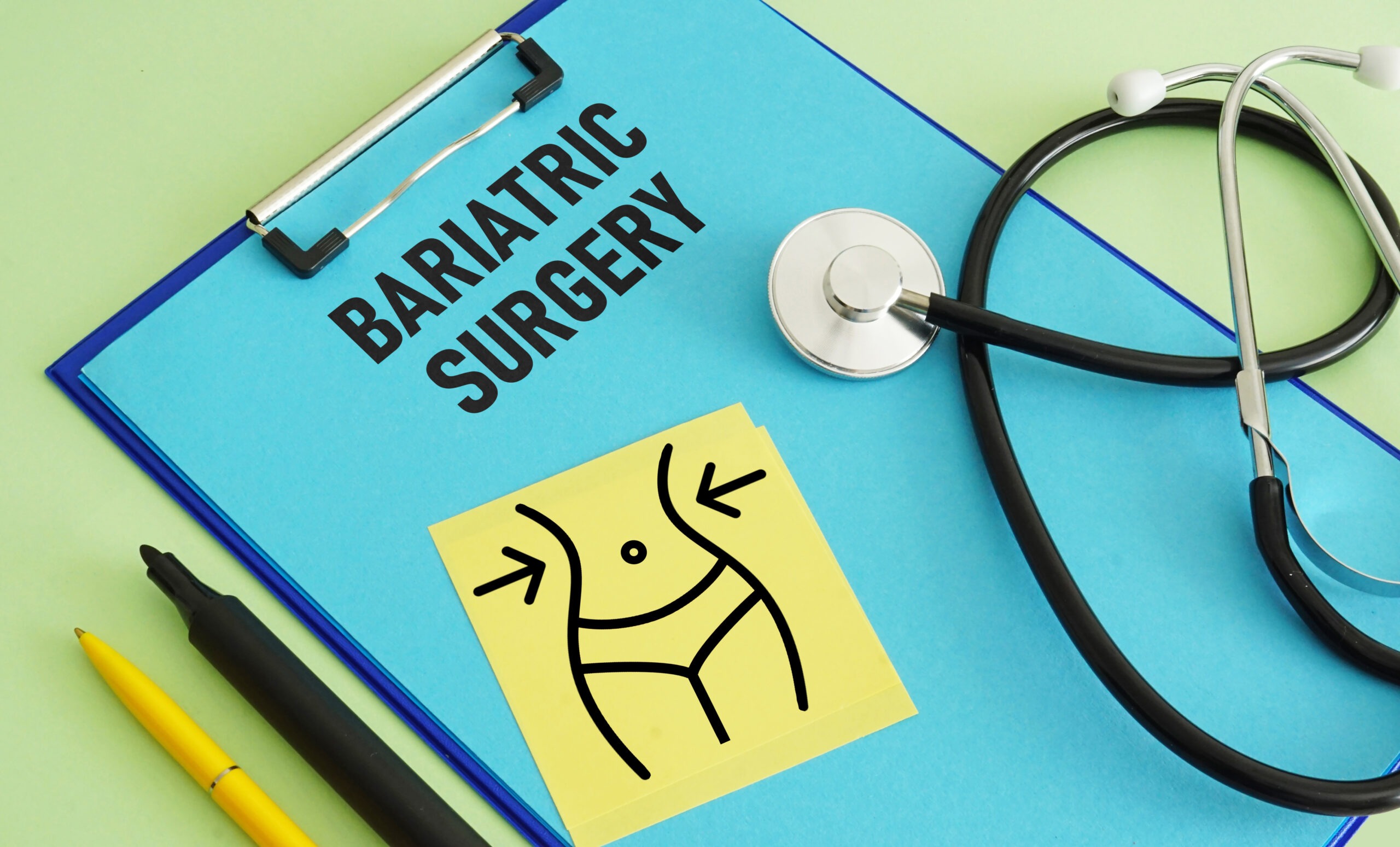It’s no secret that the key to a healthy lifestyle is eating right. Most people are aware of this fact, but with so much information out there, it can be hard to know where to start.
One way to begin your journey to healthy eating is by choosing healthier foods like those that are high in fiber and nutrients and avoiding fast food, which is notoriously packed with refined carbohydrates and saturated fat. But what else should you consider when planning your meals?
In this post, we will take a closer look at a simple healthy eating guide to help you create healthier meals and a balanced diet with small changes daily.
What is MyPlate?
Among the oldest recommended references for meal planning and healthy eating is the Food Guide Pyramid or simply Food Pyramid. In 1992, the U.S. Department of Agriculture (USDA) created the first and original version of this visual eating guide, which divides the recommended foods into six major food groups.
The Food Pyramid is an excellent place to begin, as it offers a simple guide to help you make healthier food choices. The design is based on the idea of balancing your food intake so you can consume the right amounts of each food group every day.
The larger sections along the base of the pyramid contain foods you should eat the most of such as fruits and vegetables. On the other end, the top of the pyramid includes less healthy foods that have higher fat and sugar.
However, it can be misleading for most individuals as it fails to show the difference between certain types of foods such as refined and complex carbohydrates, and healthy fats and oils from those high in trans fat and saturated fats.
In 2011, it was updated to MyPlate, which is a simpler visual eating guide than the Food Pyramid that provides more individualized food recommendations. It is derived from the 2015 to 2020 Dietary Guidelines for Americans that include what foods and how much to eat within the different food groups based on your daily calorie allowance.
Another similar tool for meal planning is the Healthy Eating Plate from the Harvard School of Public Health and Harvard Medical School. It offers a more detailed picture of what a healthy eating plate should look like, as it includes the importance of choosing whole grains, healthy protein, fats, and oils, water, and regular physical activity. If you prefer a general, yet comprehensive plan, the Healthy Eating Plate is a good starting point.

MyPlate Recommendations
The MyPlate plan is a personalized healthy eating guide that is based on age, sex, weight, height, and physical activity level. It has color-coded sections that represent the five food groups below:
Grains
The two main types of grains, whole grains and refined grains, differ in the amount of processing as well as nutritional value. Most refined grains have lower fiber, iron, and B vitamins than whole grains because of the removal of bran and germ. Some examples are white rice, white flour, and corn grits.
MyPlate specifically suggests making half of your plate whole grains, which include whole wheat flour, oatmeal, and brown rice. Healthy adults with a 2000-calorie diet are recommended to eat 6 to 7 servings of grains every day, with at least half of it as whole grains.
A serving of grains is equivalent to ½ cup of cooked rice, quinoa, pasta, or oatmeal, 1 slice of whole-wheat bread, and 3 cups of popped popcorn. Make sure to check the ingredient list or ask the store if you aren’t sure if your favorite bread or cereals are whole grain.
Vegetables
Any fresh, cooked, canned, or dried vegetable or 100% vegetable juice counts as a serving under the vegetable food group. MyPlate suggests including a variety of vegetables such as dark green, red and orange, and beans, peas, and lentils.
Some examples of these vegetables are:
- dark green (broccoli, cilantro, collard greens, kale, lettuce, spinach)
- red and orange (carrots, butternut squash, tomatoes, pumpkin, red chili peppers)
- starchy (cassava, corn, green peas, yams, jicama, parsnips)
- beans, peas, and lentils (chickpeas, edamame, falafel, lima beans, mung beans, soybeans)
- other vegetables (avocado, eggplant, mushrooms, okra, red cabbage, turnips, cucumber)
Under a 2000-calorie diet, healthy adults should eat 2 ½ to 3 servings of different vegetables every day. A cup of raw or canned vegetables, 2 cups of leafy greens, or 1 cup of 100% vegetable juice are considered as a serving.
Fruits
Like vegetables, any fresh, frozen, canned, or dried fruit or 100% fruit juice is considered as part of the fruit food group. According to USDA MyPlate guidelines, you should source at least half of the recommended servings of fruit from whole fruit rather than fruit juices.
For a 2000-calorie diet, adults are recommended to eat at least 2 cups of fruit every day, which can be 1 small or medium-sized fruit, ½ cup chopped fresh fruit, ½ cup dried fruit, or 1 cup 100% fruit juice. You should make at least half your plate fruits and vegetables for maximum vitamin and mineral intake.
Dairy
Dairy products provide many important nutrients, such as calcium, phosphorus, and vitamins for overall health. Instead of regular versions of these products, MyPlate recommends switching to fat-free or low-fat dairy products such as milk, yogurt, butter, cream cheese, and sour cream.
The recommended daily serving for a 2000-calorie diet is 3 cups of dairy for healthy adults. A serving of dairy can be in the form of 1 cup of milk, 1 cup of yogurt, or a ⅓ cup of hard cheese like cheddar, mozzarella, and parmesan.
Protein
Among the MyPlate food groups listed, the protein group has the widest variety of animal and plant product options, such as meat, poultry, seafood, beans, peas, nuts, and soy products. You should eat meat and poultry that are lean or low-fat, such as lean ground beef and skinless chicken breasts. On the other hand, your seafood choices should have high healthy fatty acids like omega-3s.
Some vegetarian options for the protein food group are beans, peas, and lentils like black beans, chickpeas, and split peas, nuts and seeds like almond butter, flax seeds, and sesame seeds, and soy products like tofu and tempeh.
Healthy adults with a 2000-calorie diet should eat at least 6 servings of protein foods, which is equivalent to 1 ounce of cooked lean ground meat, skinless chicken, or mackerel, 1 egg, 1 tablespoon of almond butter, and ¼ cup of tofu.

Choose MyPlate for a Healthy Diet
The USDA MyPlate plan is an excellent resource to help you create healthy eating patterns. It provides easy-to-follow and personalized dietary guidelines and tips on how to make healthy food choices for you and your family.
With an emphasis on vegetables, fruits, and dairy, MyPlate can help lower your calories while packing on the most essential nutrients for proper body functioning. Having a balanced and healthy eating pattern reduces your risk for chronic diseases like obesity, heart disease, osteoporosis, and certain types of cancer.
The information provided in your MyPlate plan is a good starting point for basic nutrition advice as well as in determining how much to eat from each food group. You can always add or reduce the number of servings depending on your personal needs and preferences. And when in doubt about which food choices are best, consult with a registered dietitian to provide you with personalized nutrition counseling that will work for you and not against your goals.
Our team of health care professionals at Beltline Health offers nutritional consultation and counseling services to help you make the healthiest food choices that will transform your health and lifestyle. Whether you’re looking to lose weight or prevent weight gain, we can provide the professional guidance, tools, and support you need to achieve your goals.
If you’re ready to take the first steps in reaching your fitness goals, schedule an appointment today by visiting our website or calling us at (470) 419-4380.




